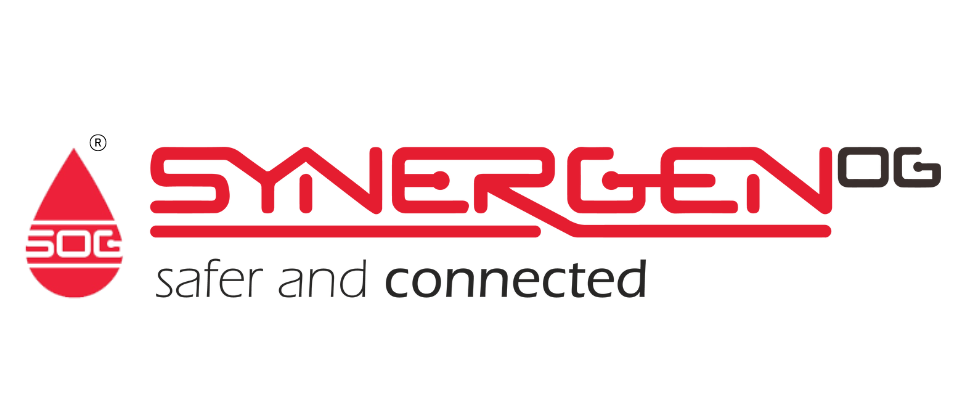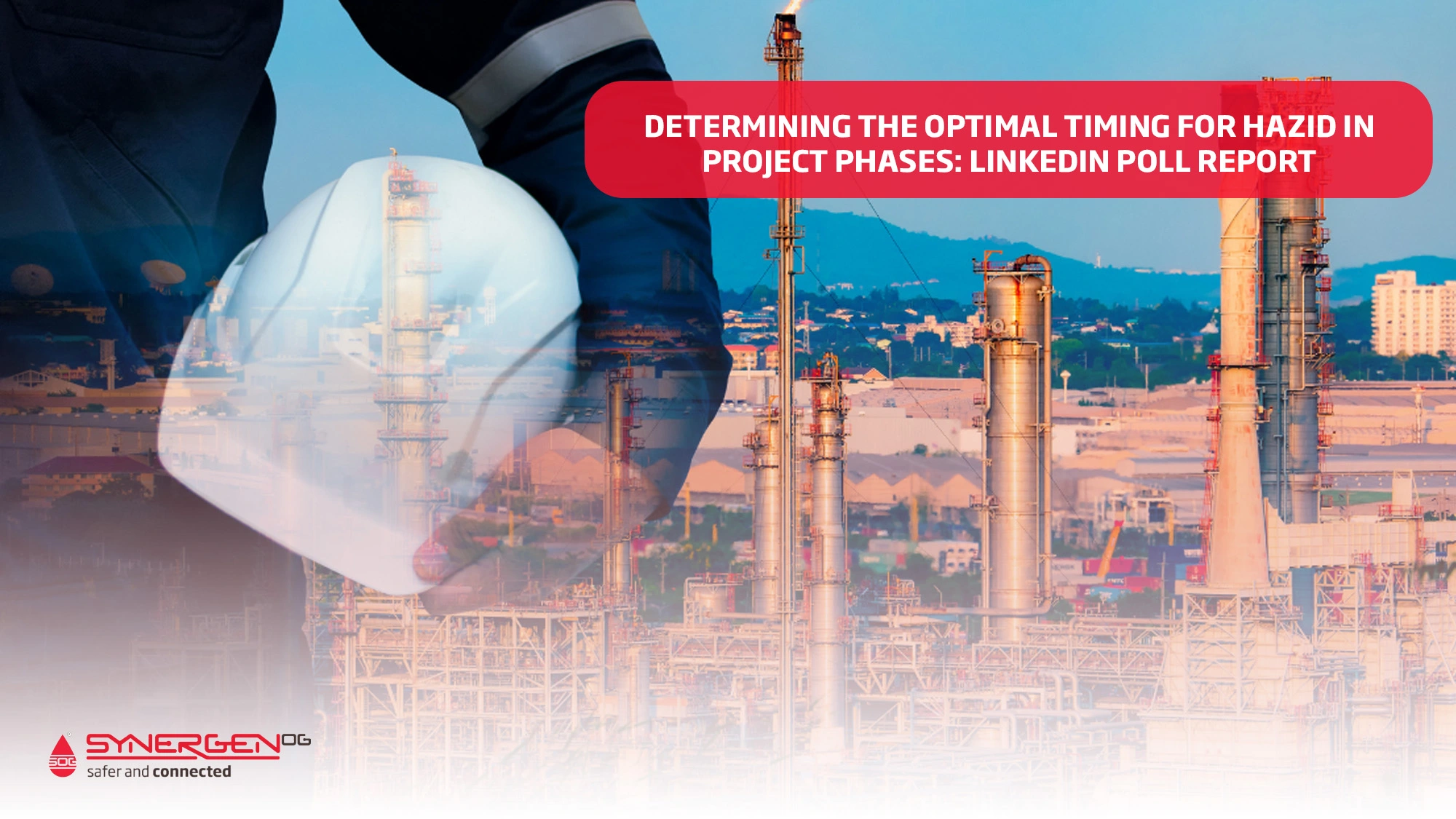A recent LinkedIn poll by SynergenOG revealed that industry professionals overwhelmingly consider Conceptual Design as the most critical phase for Hazard Identification (HAZID), with 58% of respondents favouring this early stage. This insight underscores the necessity of proactive risk assessment at the initial planning phase, allowing potential hazards to be identified and mitigated well before detailed designs are in place. Establishing a strong HAZID focus during Conceptual Design can lead to fewer costly changes in later phases and foster a culture of safety from the outset.
Observations and Analysis
1. Conceptual Design as a Key Focus Area (58%)
The emphasis on HAZID during Conceptual Design is an important industry trend that SynergenOG advocates as a best practice. Early hazard identification helps guide decision-making for critical design elements, impacting process layouts, equipment specifications, and safety requirements. This phase is not only cost-effective for implementing necessary changes but also allows us to address hazards in a broader, more strategic manner.
2. Detailed Engineering Considerations (23%)
With 23% of votes, the Detailed Engineering phase remains a secondary focus for HAZID. As designs solidify, the opportunity arises to reassess and validate hazard controls identified earlier and integrate them into specific system configurations. For SynergenOG, we recommend that our clients approach Detailed Engineering with a mindset of verification and validation – ensuring that hazard controls are both feasible and effective within the project’s defined parameters.
3. Lower Emphasis on Construction (6%)
Only 6% of respondents consider HAZID most critical during Construction. At this stage, the focus has typically shifted toward execution rather than planning. SynergenOG advises implementing Construction Hazard Awareness Programs instead, as these can aid in recognizing and managing risks arising from complex site dynamics and work processes. Pre-construction hazard workshops can also help identify any evolving risks and keep safety protocols current.
4. Ongoing Hazard Identification in Operations (13%)
While HAZID is less commonly emphasized in the Operations phase (13%), ongoing hazard identification remains vital to maintain operational integrity. SynergenOG recommends regular HAZID refresh sessions or operational risk assessments throughout the life of the facility. This practice helps in adapting to new operational realities, equipment aging, and regulatory changes, ensuring that safety measures remain robust and relevant.
Recommendations from expert Process Safety Consultants in Team SynergenOG:
- Prioritize Early-Stage HAZID: Invest in comprehensive HAZID sessions during Conceptual Design to maximize risk foresight and set a strong foundation for safety in all subsequent stages.
- Adopt a Layered Approach to HAZID: Implement HAZID as a multi-phase process, with revisits during Detailed Engineering to verify that all identified hazards align with the final system design.
- Integrate HAZID into Safety Culture: Beyond project phases, consider HAZID as an integral part of your organizational safety culture, with regular refreshes that keep teams engaged with evolving safety practices and controls.
These strategic approaches align with SynergenOG’s commitment to proactive safety management, supporting our clients in optimizing safety and operational efficiency across all project phases.

